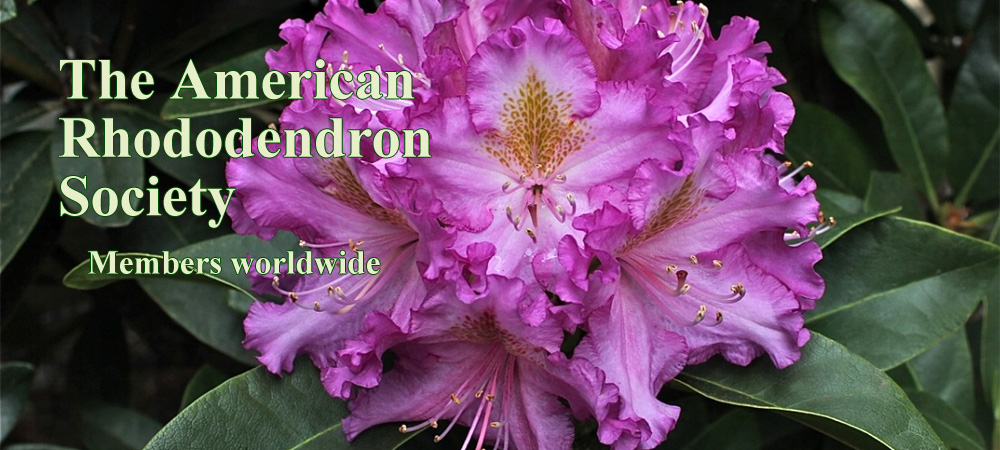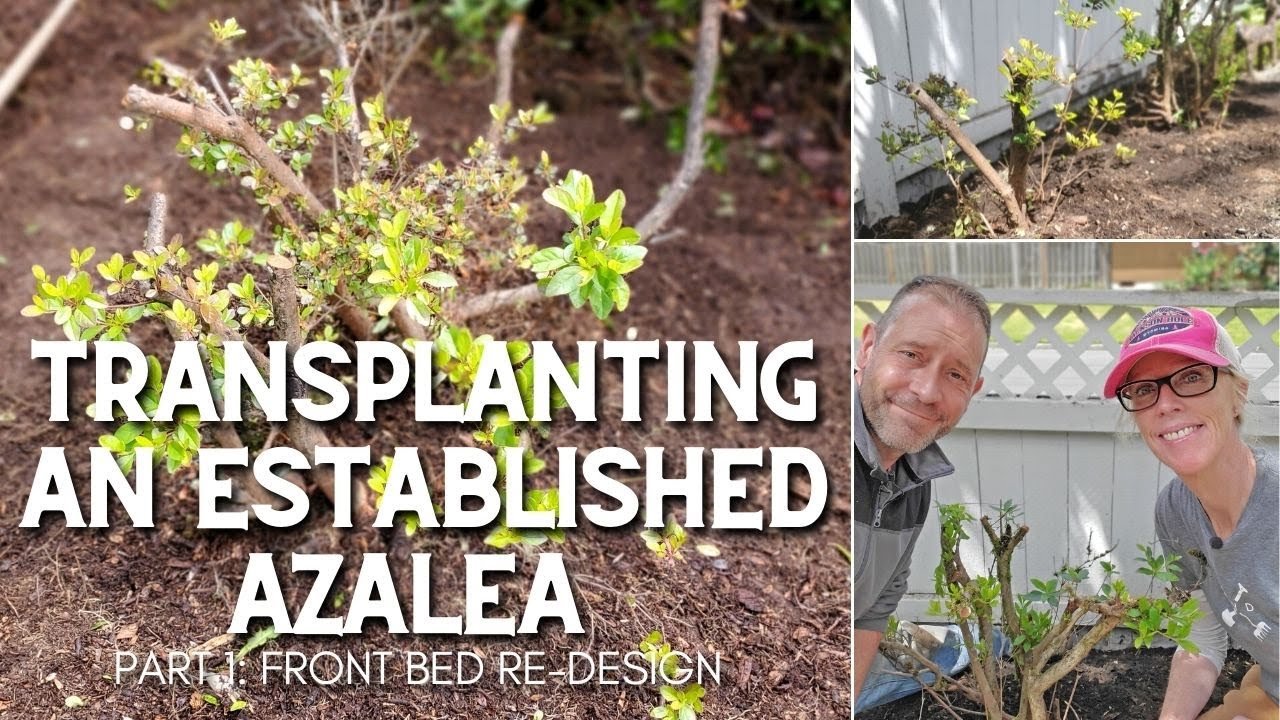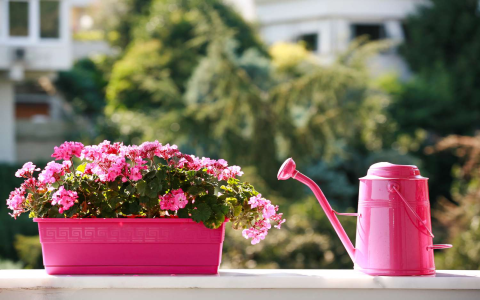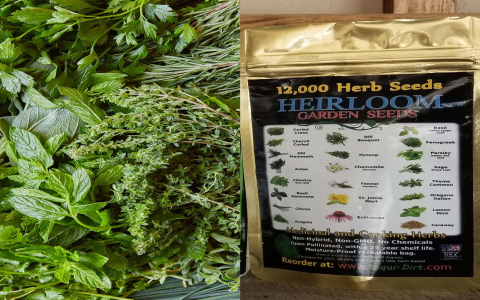Transplanting Rhododendrons: A Guide to Successful Relocation
Rhododendrons are among the most stunning flowering shrubs, known for their vibrant blooms and lush foliage. These plants can transform any garden into a colorful paradise, making them a popular choice for both amateur and professional gardeners. However, there are times when relocating these beautiful plants becomes necessary, whether due to landscaping changes, garden redesigns, or simply to improve their growing conditions. Understanding the best practices for transplanting rhododendrons is essential for ensuring their health and vitality in their new location.

Choosing the Right Time for Transplanting
Timing is crucial when it comes to transplanting rhododendrons. The ideal period for relocation is during the early spring or fall when the plants are dormant. This minimizes stress and allows the roots to establish themselves in the new environment before the growing season begins. Transplanting during extreme temperatures, whether hot or cold, can lead to shock and hinder the plant’s recovery.
Preparing for the Move
Before transplanting, it is important to prepare both the new site and the rhododendron itself. The new location should have well-draining soil, as rhododendrons thrive in slightly acidic conditions. Testing the soil pH can help determine if amendments are needed. Additionally, ensure that the new site receives partial shade, as too much direct sunlight can scorch the leaves.
When preparing the rhododendron for transplanting, start by watering the plant thoroughly a day or two before the move. This helps to hydrate the roots and makes it easier to dig up the plant. Use a sharp spade to carefully dig around the root ball, ensuring you capture as many roots as possible. A root ball that is at least 12 inches in diameter is ideal for successful transplantation.
Transplanting Process
Once the rhododendron is out of the ground, it is time to move it to its new location. Place the plant in the prepared hole, ensuring that the top of the root ball is level with the surrounding soil. This is crucial for preventing water from pooling around the base, which can lead to root rot. Backfill the hole with soil, gently tamping it down to eliminate air pockets. Water the plant thoroughly after planting to help settle the soil around the roots.
Post-Transplant Care

After transplanting, the care of the rhododendron is vital for its recovery. Regular watering is essential, especially during the first few weeks as the plant adjusts to its new environment. Mulching around the base can help retain moisture and regulate soil temperature. It is also beneficial to monitor the plant for signs of stress, such as wilting or yellowing leaves, which may indicate that it needs additional care.
Fertilizing should be approached with caution immediately after transplanting. It is generally advisable to wait until the plant shows signs of new growth before applying any fertilizer. When the time comes, use a balanced, slow-release fertilizer specifically formulated for acid-loving plants to promote healthy growth.
Common Challenges and Solutions
Transplanting rhododendrons can come with its challenges. One common issue is transplant shock, which can manifest as drooping leaves or stunted growth. To mitigate this, ensure that the plant is well-watered and consider providing some shade during the hottest part of the day until it acclimates.
Another challenge is pests and diseases, which can become more prevalent when plants are stressed. Regularly inspect the foliage for any signs of infestation and treat accordingly with organic pesticides or fungicides if necessary.
Successfully transplanting rhododendrons requires careful planning and attention to detail. By choosing the right time, preparing adequately, and providing proper post-transplant care, gardeners can ensure that these beautiful plants thrive in their new homes. With patience and diligence, the vibrant blooms of rhododendrons can continue to grace gardens for many years to come.



